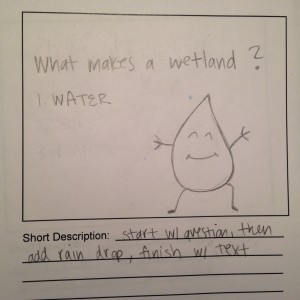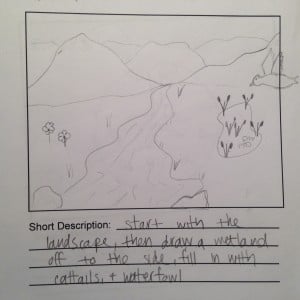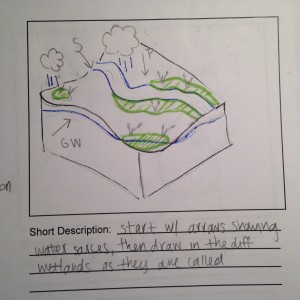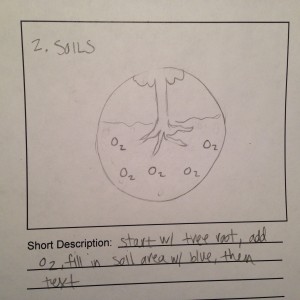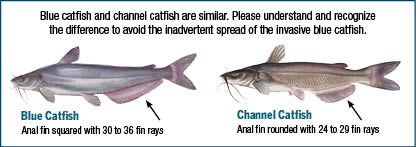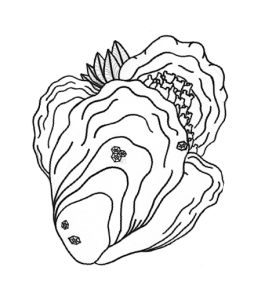Overview
Coastal areas, ranging from densely populated cities to sandy beaches and tidal marshes, are valued spaces for many human, ecological, and environmental reasons alike. This creates high demand over a relatively small area where water meets land in an exciting, always-changing location. Along with the variety of uses, coastal areas are susceptible to damaging storms carrying strong winds, waves, and storm surges (increased water level). Coastal managers need high resolution maps of coastal areas to understand what assets are in these coastal areas, how they change during normal environmental conditions, storm conditions, and climate change. This enables the best management and policy decisions for all users of the coastal environment.
Unfortunately, high-resolution mapping for vegetation, infrastructure, beaches, and nearshore water depths traditionally required costly equipment such as airborne laser and survey vessels that are difficult to deploy rapidly due to size and personnel needed to operate the equipment. Improvements in instrument technology enables local managers, contractors, researchers, and monitors to map their sites with reliable, low-cost, high-resolution data. Consumer level drones map subaerial portions of the coast such as marsh, infrastructure (homes, jetties, seawalls, etc.), and beach surfaces through two-dimensional imagery which is stitched together into three-dimensional (latitude, longitude, elevation) maps using photogrammetry software. Bathymetric (water depth) data can be collected in shallow water using plastic or fiberglass remote-controlled vessels equipped with sonar systems to create two-dimensional sidescan sonar or three-dimensional bathymetry data. Sidescan sonar is useful in mapping benthic habitats such as oyster reefs and sediment type while bathymetric enables seafloor surface detection and sediment movement mapping.
Coastal data with sub-meter accuracy was traditional only available from survey companies with suites of sonar systems and survey vessels or through government agencies with airborne laser systems. Improved technology coupled with lower equipment and data processing costs has put high-resolution survey data into the hands of local municipalities. These groups would benefit from a single document demonstrating pros and cons for different platforms so they can make the most appropriate platform choice for their needs and resources using the experience of another user of these platforms rather than manufacturing stats alone which can be biased towards optimal performance by creator companies.
Audience
I wish to reach those pounding the ground, getting muddy, and collecting data or managing field operation teams. This would include groups in private contracting, governmental agencies, risk assessors, researchers, resiliency planners, and more.
Proposed Project
Coastal projects tend towards unique results with little overlap between sites. Thus the aim of this product is providing applicable methodologies and information for any coastal area around the world, not simply my study sites in Delaware. I envision a “Data Collection Guide for Coastal Areas” that encompasses my personal experiences in the field collecting data in marshes, beaches, and nearshore environments using a variety of instrumentation as well as my knowledge processing the data into usable products for monitoring and understanding environmental processes. The engineering community is fond of guidelines and guidebooks laden with graphs, decision trees, and equations; why not a background-friendly guide for managers, contractors, researchers, monitors who are looking to measure and understand their local coastal systems? The format is fluid at the moment but the document will be space and length efficient using images and tables to delineate what platforms are ideal for the type of coastal environment surveyed while incorporating available funds and personnel considerations.
Helpful Literature:
Casella, E., Rovere, A., Pedroncini, A., Stark, C.P., Casella, M., Ferrari, M. and Firpo, M., 2016. Drones as tools for monitoring beach topography changes in the Ligurian Sea (NW Mediterranean). Geo-Marine Letters, 36(2), pp.151-163.
Dohner, S.M., Trembanis, A.C. and Miller, D.C., 2016. A tale of three storms: Morphologic response of Broadkill Beach, Delaware, following Superstorm Sandy, Hurricane Joaquin, and Winter Storm Jonas. Shore & Beach, 84(4), p.3.
Drummond, C., Carley, J., Harrison, A., Brown, W. and Roberts, P., 2017. Observations from the design, construction and drone monitoring of a Geotextile sand container (GSC) seawall. Australasian Coasts & Ports 2017: Working with Nature, p.409.
Giordano, F., Mattei, G., Parente, C., Peluso, F. and Santamaria, R., 2015. Integrating sensors into a marine drone for bathymetric 3D surveys in shallow waters. Sensors, 16(1), p.41.
Kimball, P., Bailey, J., Das, S., Geyer, R., Harrison, T., Kunz, C., Manganini, K., Mankoff, K., Samuelson, K., Sayre-McCord, T. and Straneo, F., 2014, October. The whoi jetyak: An autonomous surface vehicle for oceanographic research in shallow or dangerous waters. In Autonomous Underwater Vehicles (AUV), 2014 IEEE/OES (pp. 1-7). IEEE.
Turner, I.L., Harley, M.D. and Drummond, C.D., 2016. UAVs for coastal surveying. Coastal Engineering, 114, pp.19-24.
Westoby, M.J., Brasington, J., Glasser, N.F., Hambrey, M.J. and Reynolds, J.M., 2012. ‘Structure-from-Motion’ photogrammetry: A low-cost, effective tool for geoscience applications. Geomorphology, 179, pp.300-314.

